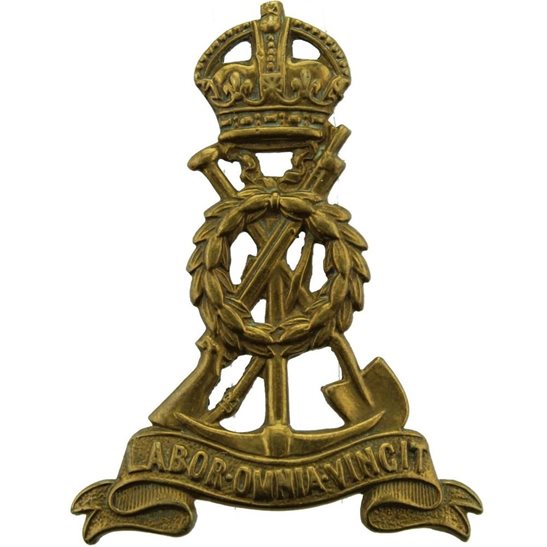Personal Details
Born: In 1873 in Wrexham, Denbighshire, Wales.
Family: He was the fourth of seven children born to George Piercy, a rail traffic foreman, and his wife Ann J. He married Florence Emily Salter in 1893 in Chester and together they had seven children – Benjamin, Florence Eleanor, Lois Jane, Kathleen Mary, Marjorie Avis, Evelyn Ida and Harold. Florence divorced Benjamin on the grounds of desertion and was granted a Decree Nisi in 1939.
Residence: In 1881 he lived at 1 Junction Cottages, Saltney, Cheshire; by 1901 and now married he was living at 2 St. John Street, Whitchurch, Shropshire and by 1911 at 18 Watergate, Whitchurch where he continued to live until at least 1920. In 1939 at the time of his divorce he lived in Old Elm Street, Ardwick, Manchester and at the time of his death he lived at 36 Tipping Street, Ardwick, Manchester.
Employment: In 1911 he was a stud groom.
Died: 28 January 1950, aged 77, at The Royal Infirmary, Manchester.
Military Details
Regiment: Labour Corps (previously Montgomery Yeomanry)
Rank: Private
Service Number: 700967 (previously 2850)
Date of Enlistment: 10 April 1915
Date of Discharge: 27 April 1919
Reason for Discharge: Demobilisation
Other Information: He joined up again on 31 May 1919 and was discharged 16 August 1920, surplus to military requirements.
Benjamin was awarded the Campaign Medals (British War Medal, and Victory Medal)

The British War Medal (also known as 'Squeak') was a silver or bronze medal awarded to officers and men of the British and Imperial Forces who either entered a theatre of war or entered service overseas between 5th August 1914 and 11th November 1918 inclusive. This was later extended to services in Russia, Siberia and some other areas in 1919 and 1920. Approximately 6.5 million British War Medals were issued. Approximately 6.4 million of these were the silver versions of this medal. Around 110,000 of a bronze version were issued mainly to Chinese, Maltese and Indian Labour Corps. The front (obv or obverse) of the medal depicts the head of George V. The recipient's service number, rank, name and unit was impressed on the rim.
The Allied Victory Medal (also known as 'Wilfred') was issued by each of the allies. It was decided that each of the allies should each issue their own bronze victory medal with a similar design, similar equivalent wording and identical ribbon. The British medal was designed by W. McMillan. The front depicts a winged classical figure representing victory. Approximately 5.7 million victory medals were issued. Interestingly, eligibility for this medal was more restrictive and not everyone who received the British War Medal ('Squeak') also received the Victory Medal ('Wilfred'). However, in general, all recipients of 'Wilfred' also received 'Squeak' and all recipients of The 1914 Star or The 1914/1915 Star (also known as 'Pip') also received both 'Squeak' and 'Wilfred'. The recipient's service number, rank, name and unit was impressed on the rim.

